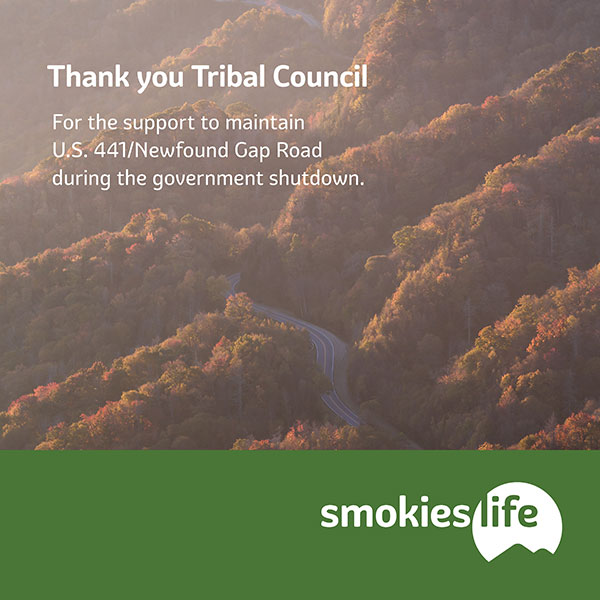By SCOTT MCKIE B.P.
ONE FEATHER STAFF
My daughter was in the second grade when the deadline passed for the Eastern Band of Cherokee Indians to have a Tribal Archives facility constructed. She is now a freshman at the University of Iowa and the facility is still in the planning stage.
With the passage of the Eastern Band of Cherokee Indians Land Exchange Act of 2003 on Nov. 10, 2003, the Tribe exchanged 218 acres, known as the Yellow Face tract, with the National Park Service for the Park’s 143-acre Ravensford property. Due to that exchange, a new Cherokee Central Schools campus was built and has become a hallmark among educational and athletic facilities in the state of North Carolina.
Along with that exchange, tribal officials entered into a Memorandum of Agreement with the National Park Service and agreed to build a Tribal Archives to house all of the archaeological artifacts associated with the digs on that site. The Archives was supposed to have been finished in 2009. That was ten years ago!
This project is on the Tribe’s 2018-22 Comprehensive Economic Development Strategy (CEDS) top five list. Each project on that list is scored for CEDS consistency, community impact, readiness to proceed, and management capacity. The Archives received a score of 50 putting it at number 18 on the score list, but tribal officials felt it deserved a higher degree of consideration and added it as number five on the final list.
Information from the CEDS report states, “The project is consistent with traditional Cherokee values of honoring the past by knowing one’s ancestors, identifying with and belonging to the Tribe, and living and preserving Cherokee culture. The Archives facility would require five to seven full-time staff to manage it. There is a limited public audience for archives facilities, except for those located in museums with exhibits and educational programming. The facility will likely draw additional tourists to Cherokee and generate revenues through admissions and concession sales.”
This project was discussed, along with others, at a Town Hall Meeting at the Cherokee Indian Fairgrounds on the evening of Thursday, Jan. 24. Russell Townsend, EBCI Tribal Historic Preservation Officer, spoke about the massive Ravensford archaeological project and the importance of having a Tribal Archives. “It turned into the largest archaeological project in North Carolina history,” Townsend said of the work done at the site prior to construction of the new school. “Because, underneath, that old logging town and hay fields was 8,000 years of human history preserved better than you could ever imagine. There were 11 burned house structures which you almost never get…it gives us an unparalleled look at what Cherokee life was like in different points in history.”
According to Townsend, when constructed, the facility will house “hundreds and hundreds of thousands of artifacts of Cherokee past”.
He stressed the need for the facility. “Every nation has its national archives. Every real, sovereign country has its national archives. The United States has the Library of Congress and the Smithsonian Institute, and I think we should have our own to maintain our governmental history so that people can know who we really are.”
It is nice to see this project on the current Tribal CEDS list. Now, some action just has to get rolling on it so that this facility can come to fruition and become a reality that will help future generations of EBCI tribal members and the general public learn more about the storied history of the Eastern Band of Cherokee.
While the project will be viewed by most as another municipal project that is a non-revenue generator, it does have some potential there. Townsend told the people in attendance at Thursday’s Town Hall Meeting that an initial design for the facility includes a “front-of-house” portion where the public can come and view people working with artifacts and the items themselves. I know people would take advantage of that opportunity. The facility will probably never break even or be a revenue-generator for the Tribe, but there are opportunities there to help offset operational costs.
During the 2nd Annual Cherokee Archaeology Day, hosted by the EBCI Tribal Historic Preservation Office, in September 2012, Amy Walker, an EBCI tribal elder from the Yellowhill Community, spoke of the importance of having information from archaeology. “It brings back into focus who our ancestors were and how far we have removed from that in some respects. I know we have to live within the times today, but the values are still needful and are being used within certain families here today, and that’s what really makes us Cherokee.”





